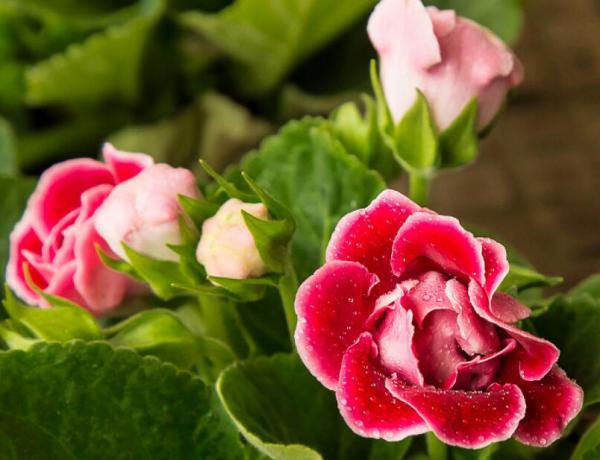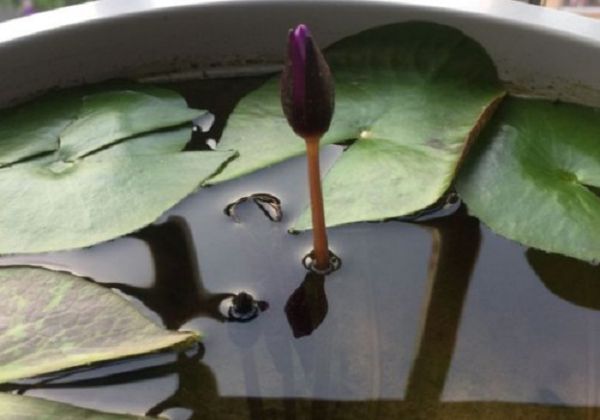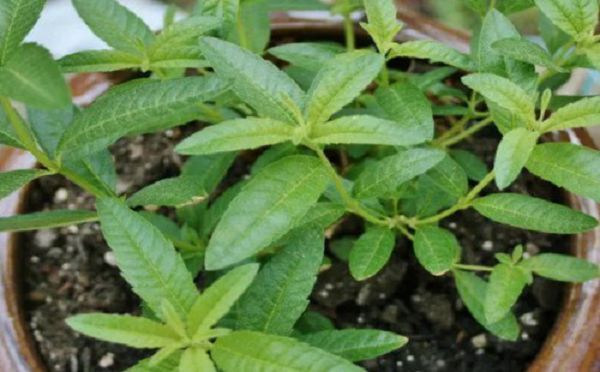Common diseases and control methods of paulownia

In the process of breeding, paulownia is easy to be threatened by diseases, thus affecting the beautiful image of paulownia, so how to avoid diseases in the process of conservation? This is what we need to pay attention to.
1. The disease of paulownia: withered nematode disease
Disease symptoms: withered nematode is a common disease of paulownia, which is caused by nematode infection. It will harm the tender stem, young plant, surface stem and the base of branches and leaves, making the plant soften and rot in the form of water immersion, and then gradually extend to the leaf, which shrinks and dies.
Control methods: before cultivation, the basin soil should be disinfected with steam or chloropicrin, and the tubers of paulownia should be soaked in 60 ℃ of warm water for 5 minutes, or disinfected with Uspuron. If it is found that paulownia has been infected with the disease, the damaged plants should be pulled out and burned.
2. The disease of paulownia: rot
Symptoms of the disease: it mainly harms the leaves, stems and young plants of paulownia, producing waterlogged dark brown necrotic spots on the leaves, showing a wheel pattern in the spots, and when serious, the upper stem will be distorted and dwarfed. Mature plants will produce a large number of black sunken spots on the stems on the surface and crack. The small black spots on the spots are arranged in a wheel shape with white hyphae on the edges.
Control methods: before cultivation, spray the surface with 3 parts of formaldehyde to 1 part of water, and cover with film, or mix 7 parts of 70% dimethasone powder with 3 parts of fine soil, and sprinkle on the surface to disinfect. Daily maintenance should pay attention to timely removal of diseased plants and timely burning.
3. The disease of paulownia: grey mold.
Disease symptoms: the main disease of paulownia, showing brown soft rot on the pedicel, brown spots grow from the edge, and there are wheel wrinkles on the surface, which will spread to the whole leaf. When it is wet, it produces a gray mildew layer, and then turns yellow. In severe cases, the whole leaves, flowers and branches turn brown and die.
Prevention and treatment: during the onset of the disease, use 80% Dysen zinc 500 times solution, or 1% Bordeaux solution, 75% chlorothalonil 500 times solution, spray once every 10 days, spray 2 Mel 3 times successively.
4. The disease of paulownia: blight
Symptoms of the disease: the leaves will appear dark brown water stain softening after the disease, and after extending to the petiole, the leaves rot and have water-like narrow sunken spots, which often expand into large patches or long patches, and the stem disease will also spread to the petioles, causing the leaves to bend.
Prevention and treatment: spray 72.2% Purek 600 times solution or 72% Kelu wettable powder 600 times solution, 60% trimethoprim (fluorine) at the initial stage of the disease. Manganese zinc) 1000 times solution of wettable powder and 25% metalaxyl wettable powder.
Related
- Fuxing push coffee new agricultural production and marketing class: lack of small-scale processing plants
- Jujube rice field leisure farm deep ploughing Yilan for five years to create a space for organic food and play
- Nongyu Farm-A trial of organic papaya for brave women with advanced technology
- Four points for attention in the prevention and control of diseases and insect pests of edible fungi
- How to add nutrient solution to Edible Fungi
- Is there any good way to control edible fungus mites?
- Open Inoculation Technology of Edible Fungi
- Is there any clever way to use fertilizer for edible fungus in winter?
- What agents are used to kill the pathogens of edible fungi in the mushroom shed?
- Rapid drying of Edible Fungi



